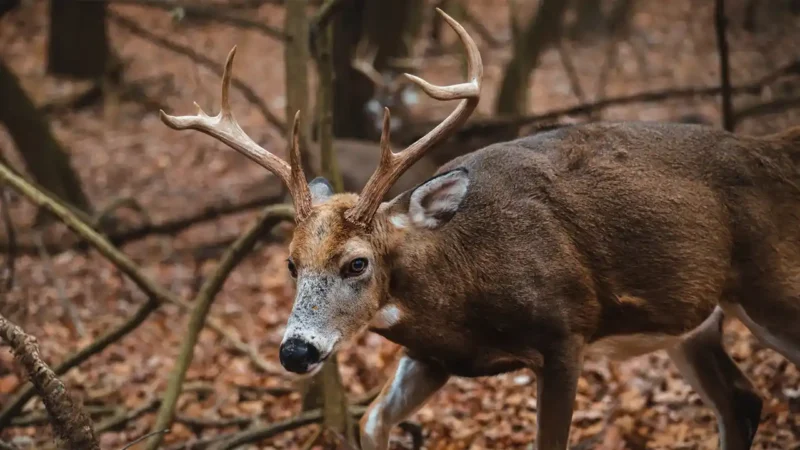Chronic Wasting Disease was first discovered in wild elk in 1981. Two decades later it had spread to multiple states and Canada, primarily in captive deer and elk herds.
In 2002, the first case was discovered in a wild whitetail in Wisconsin, home of one of the nation’s largest deer herds and hunting communities.
More than 20 years later, CWD continues to be a hot topic that often pits groups of hunters against one another and the biologists and policymakers working to find a solution.
A recent article in the Daily Mail suggested that two elderly hunters who both died from Sporadic Cruetzfeldt-Jakob disease (CJD) may have contracted the disease from eating CWD-infected venison.
Not surprisingly, there was no evidence to support this claim. As is the case with most headlines these days, it appears to have been written more to inspire fear and gain clicks than to educate the public.
As fate would have it, two elderly men with a history of eating deer from a “CWD-infected deer population” both contracted CJD within a year of one another.
Keep in mind, it was never confirmed that either man actually ate CWD-infected meat. Just that they had consumed meat from a population of animals where CWD has been found.
While it is statistically very unlikely that both men would contract CJD, which affects roughly 1 in 1.2 million people per yer, it’s not impossible. So, was this just an unfortunate coincidence or is there trouble brewing?
Historically, scientists have used mice, hamsters, squirrel monkeys and macaques to mimic prion diseases in humans and test hypothesis on possible transmission.
A study published in 2022 showed that CWD was able to be transmitted to “humanized” mice, which caused quite a stir.
The kicker? This study injected highly-concentrated doses of CWD prions directly into the brain cells of these mice over a period of several years before a small subset of the subjects began testing positive for the disease.
While scientifically significant, this study didn’t exactly represent the real-world scenario of humans interacting with and consuming meat from CWD-positive animals.

Additionally, follow-up experiments looking more closely at the 4 mice that tested positive for CWD prions have suggest that these were false-positives and not an indication of transmissible disease.
A new study from the National Institutes of Health, published on May 17th, shows that CWD is “unlikely” to move from animals to people. What makes this new study significant for hunters is that it uses a new tool called “human cerebral organoids”.
These organoids are small clusters of human brain cells that are grown in dishes and can survive for several months, which makes them ideal for testing neurological diseases such as Alzheimer’s, Down syndrome, CJD, and CWD.
In this recent study, scientists successfully infected cerebral organoids with human CJD prions, confirming that their model worked.
Then, they attempted to affect organoids with CWD prions from white-tailed deer, mule deer, and elk using the same process. The organoids were observed for up to six months, and none became infected with CWD.
Does this mean CWD cannot infect humans?
As usual, the scientific community remains hesitant to say that something “can’t” or “won’t” happen at any point in the future.
Researchers acknowledge their study doesn’t take into account the possibility that some people may have genetic susceptibility to these diseases that isn’t being accounted for, or that future variants of CWD could present a lesser barrier to infection.
What we know for now is that the very best research and simulation models available to scientists have found that even through direct exposure to CWD prions, human brain cells remain resistant to transmission.
And if scientists can’t directly infect human brain cells with CWD, the chances of a human contracting the disease by eating meat from a CWD-positive animal remain so statistically low that it shouldn’t be anything to worry about.
After all, you have a higher chance of dying while driving to your favorite hunting location, climbing into your favorite tree, or cutting yourself while field dressing or processing your kill. And these certainly aren’t things that most of us lose any sleep over.

 By
By 



